For two years, the Chaudiere Bridge and Domtar Mill were between home and work for me. Indeed, throughout Ottawa’s long winter bus strike (and much of the time in nicer months), I would walk through both most days of the week. The mill is mostly shut down now, though part of it has been converted into a run-of-river hydroelectric station.
While there are still security personnel and vehicles around, most of the mill seems to be shut down and locked up. The area is full of fences, locks, and barbed wire.
I love how malicious this lightning creature looks, striking down the small boy. It is certainly an effective warning sign.
High-pressure steam pipes run all around the complex. At regular intervals there are pressure release systems that vent steam every few seconds.
Both upstream and downstream, there are signs and barriers to warn boaters about the dam.
For several months last year, the Chaudiere Bridge was either closed or taking restricted traffic, because of concerns about its structural stability. Ottawa’s freeze-thaw cycles are brutal on infrastructure, especially roads and bridges.
I have always found bridges to be especially elegant and compelling structures. It has something to do with the mathematics of them, as well as the way in which they serve as an interface between human desires and the natural environments in which people live.
These green struts extend around the bridge, mostly supporting thick steam pipes that run between different parts of the mill.
Most of the metal in the area is corroded to one extent or another. Part of that must be the result of constant exposure to the salt used by the city to keep the roads and sidewalks relatively clear of ice in the winters.
Even on a Sunday evening, the bridge always has traffic. Walking to and from work may have contributed to my increasingly genuine hatred of automobiles. Single individuals, needlessly spilling greenhouse gases to propel themselves around in giant hulks of metal and glass, splashing and killing pedestrians and cyclists alike.
Even in the more remote accessible corners of the Domtar complex, you can see papers and personal effects behind windows. It is hard to tell whether these are active offices, or abandoned workspaces.
The complex is full of interesting structural details – power cables, girders, metal and concrete works built to constrain the flow of the river.
One of the taller Domtar buildings has been converted into an indoor climbing gym. As far as I can tell, this one has just been boarded up and abandoned.
On the eastern side of part of the complex, some sort of big recycling effort is underway. These girders may eventually find their way into something new.
The giant recycling bins themselves are corroded, with peeling paint and sharp edges.
Apparently, there were three previous Chaudiere bridges: 1827, 1845, and 1892.

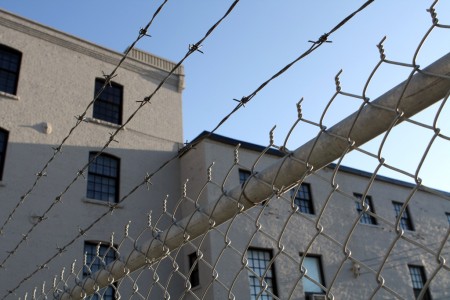
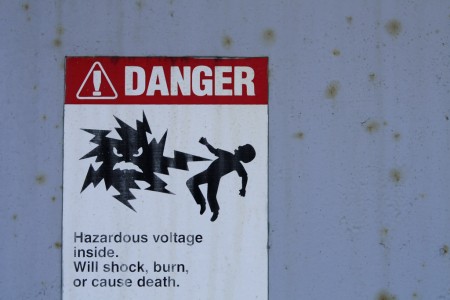
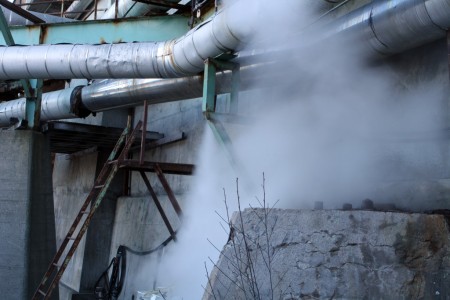
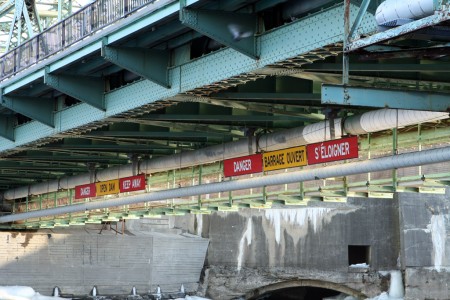
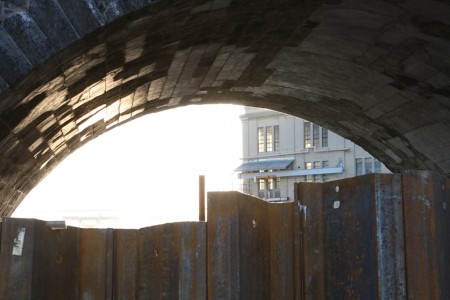
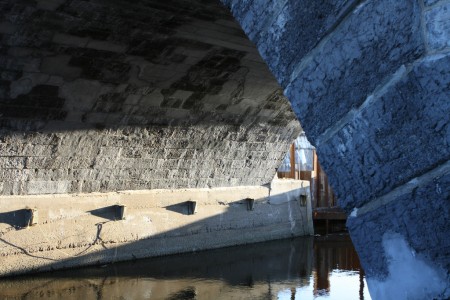
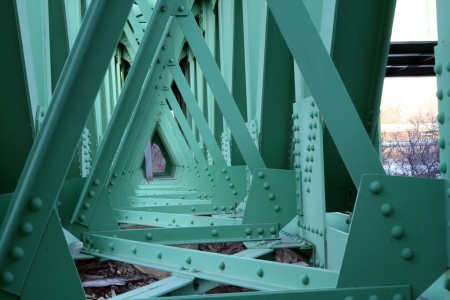
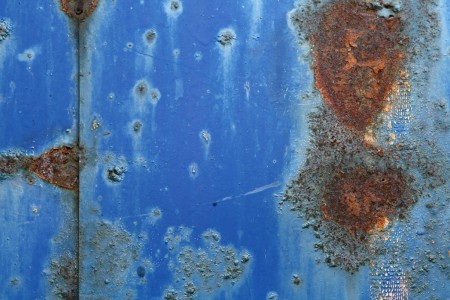
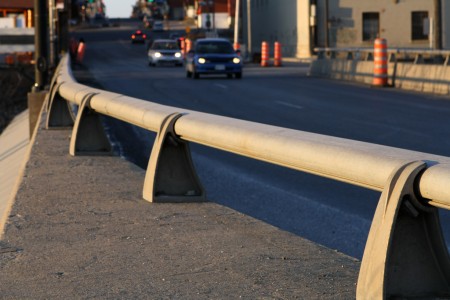
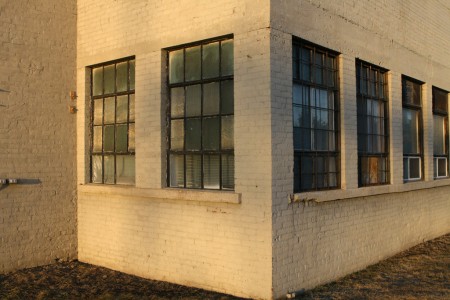
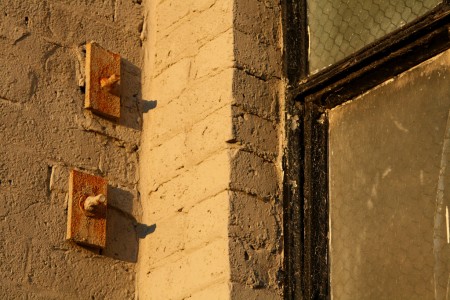



Note that I have set up a new photo essays category, to distinguish posts containing annotated photographs from those that merely have some connection to photography.
I really enjoyed your photographs in this essay. As always, you find a way to make industrial decay look attractive, and at the same time look somewhat post-apocalyptic. (Probably because of the absence of people, or animals).
It would be more fun to take photos of abandoned buildings that feature you looking wistful in vintage garb.
A la Greta Garbo?
http://artfiles.art.com/5/p/LRG/27/2785/VYRTD00Z/greta-garbo.jpg
I was thinking more Eva Marie Saint.
Sorry for the tiny image, but it’s the best I could find.
There is also this one, though perhaps something more exciting would be more photographically interesting.
This could also work.
*Finally* I would have occasion for my vintage leather catsuit! :)
I like the burgundy suede one, with the thick belt and huge buckle.
I think leather is generally preferable to vinyl for such purposes, though the latter can reflect light in interesting ways.
I loved the photo journal mood of this entry. The pictures are stunning and there is a nostalgic quality to the writing. I have also walked across that bridge and wondered what goes on in those buildings as I could not see any people around.
Road salt is poisoning water bodies, study finds
One of the most detailed investigations ever conducted in Canada into the fate of road salt has found that it is polluting groundwater and causing some streams during winter thaws to have salinity levels just under those found in the ocean.
The elevated salt readings were detected in Pickering, where researchers from the University of Toronto have been studying how the salt spread on highways, such as the 401, and other roadways through suburban sprawl affects water quality. They found that so much salty water from the community is ending up in Frenchman’s Bay, a scenic lagoon on the shores of Lake Ontario, that the small water body is being poisoned.
“Our findings are pretty dramatic, and the effects are felt year-round,” said Nick Eyles, a geology professor at the university and the lead researcher on the project. “We now know that 3,600 tonnes of road salt end up in that small lagoon every winter from direct runoff in creeks and effectively poison it for the rest of the year.”
Do you know if Domtar still owns these buildings, and if so, if they’ve developed any plans for them?
Domtar personnel still seem to guard them.
The complex also includes the 15 MW EcoLogo-certified Chaudière hydro facility, which sells electricity to Bullfrog Power.